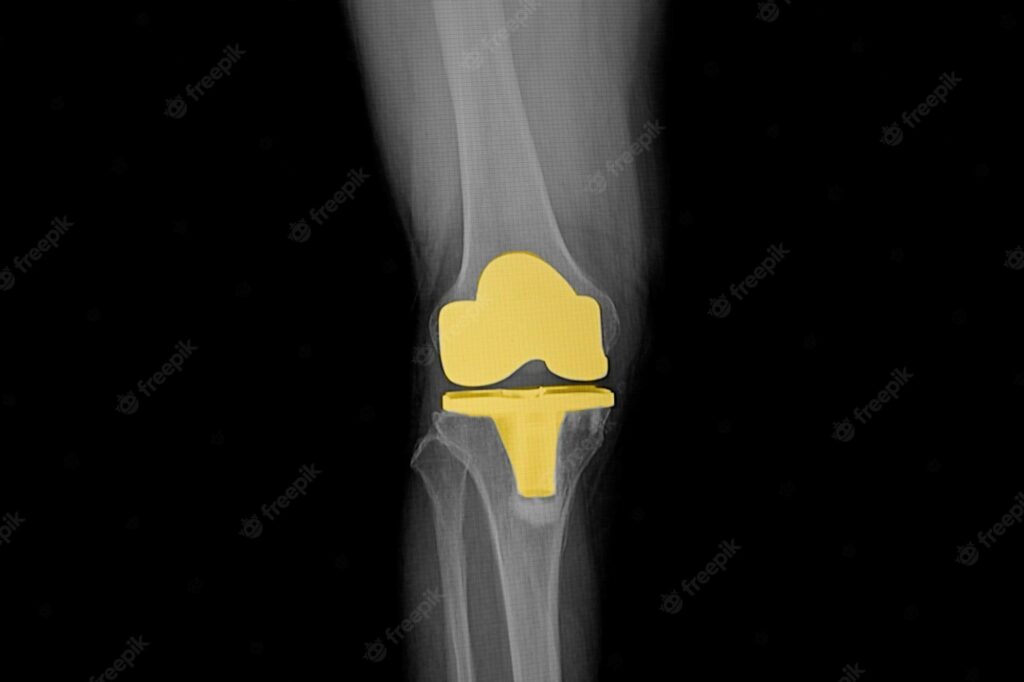
The Truths and Myths of Revision Knee Replacement Surgery
Revision knee replacement surgery is a type of knee surgery that is performed when the original knee replacement fails to relieve the patient’s pain and other knee problems. It involves removing the old prosthetic and replacing it with a new one. While this sounds straightforward, it can be a complicated procedure for the surgeon as well as for the patient. Revision surgery is almost always harder than the first knee replacement. Revision knee replacement surgery has some risks associated with it because operating on an already operated part of the body can be risky. Let us take a look at some truths and myths about revision knee replacement surgery:
Myths About Revision Knee Replacement Surgery
There are many misconceptions about revision knee replacement surgery. First, it is important to understand that it is not a knee replacement. A revision knee replacement is a procedure to correct or modify an earlier knee replacement surgery. In other words, it is a technique to fix a failed knee replacement surgery. Another myth is that a revision knee replacement is a more complicated procedure than a primary knee replacement. This is not true – a revision knee replacement is almost always harder than a primary knee replacement. Another myth is that a revision knee replacement is always necessary if the primary knee replacement failed. This is also untrue. If a knee replacement fails, the patient should see a doctor immediately. If it turns out that the knee replacement has failed, the patient may or may not need a revision knee replacement. The doctor will make this decision based on the patient’s medical history and the findings of the physical examination. It is important to know that you do not need a revision knee replacement surgery if your knee replacement is painful but does not fail to work.
Truths about revision knee replacement surgery
- Revision knee replacement surgery is almost always harder than primary knee replacement surgery. This is because the surgeon has to deal with scarred tissues, as well as blood vessels and nerves that may have been affected by the previous surgery.
- In every knee replacement surgery, the surgeon has to make incisions in the knee to put the new knee in place. In cases of revision knee replacement, the surgeon has to make incisions in already-scarred tissues. This can be more harmful and traumatic than making incisions in healthy tissues.
- In a revision knee replacement surgery, the surgeon has to deal with blood vessels and nerves that may have been affected by the previous surgery. This is because the surgeon has to cut through already-scarred tissues. This is why revision knee replacement surgery is riskier than primary knee replacement surgery.
- Revision knee replacement surgery is open surgery. This means that the surgeon has to use a surgical incision that is open on both sides. This is necessary because the surgeon has to deal with already-scarred tissues. This also means that there is a higher risk of infection and blood loss associated with this surgery.
Things to know before deciding on revision knee surgery
- Revision knee replacement surgery is almost always harder than the first knee replacement surgery. This is because the surgeon has to deal with scarred tissues, as well as blood vessels and nerves that may have been affected by the previous surgery.
- Revision knee replacement surgery is open surgery. This means that the surgeon has to use a surgical incision that is open on both sides. This is necessary because the surgeon has to deal with already-scarred tissues. This also means that there is a higher risk of infection and blood loss.
- Revision knee replacement surgery is major surgery. This means that it is a major operation. It is a big operation that requires general anaesthesia. This means that the patient will be asleep and will not feel any pain during the surgery.
- Revision knee replacement surgery takes longer than primary knee replacement surgery. This is because the surgeon has to deal with already-scarred tissues, which are tougher to work with than healthy tissues.
- Revision knee replacement surgery is more expensive than primary knee replacement surgery. This is because it is a major operation, it takes longer and it is done on an already operated part of the patient’s body.
Aftermath of Revision Knee Replacement Surgery
- Revision knee replacement surgery is a major operatio This means that it is a major operation that has a serious effect on the patient’s body. This also means that the patient will have some degree of pain and discomfort after the surgery.
- Revision knee replacement surgery has a longer recovery time than a primary knee replacement surgery. This is because the surgeon has to deal with already-scarred tissues. This also means that the patient will take longer to return to their normal activities than patients who underwent primary knee replacement surgery.
- Revision knee replacement surgery has a higher risk of infection than primary knee replacement surgery. This is because the surgeon has to deal with already-scarred tissues. This also means that the patient has a higher risk of developing an infection after the surgery.
- Revision knee replacement surgery has a higher risk of blood loss than primary knee replacement surgery. This is because the surgeon has to deal with already-scarred tissues. This also means that the patient has a higher risk of blood loss after the surgery.
- Revision knee replacement surgery is a more expensive procedure than primary knee replacement surgery. This is because it is a more serious operation. It is a major operation that requires general anaesthesia.
Conclusion
Revision knee replacement surgery is a procedure to correct or modify an earlier knee replacement surgery. It is a more serious operation than a primary knee replacement surgery and requires general anaesthesia. It is important to know that revision knee replacement surgery is almost always harder than primary knee replacement surgery. This is because the surgeon has to deal with scarred tissues, as well as blood vessels and nerves that may have been affected by the previous surgery.
